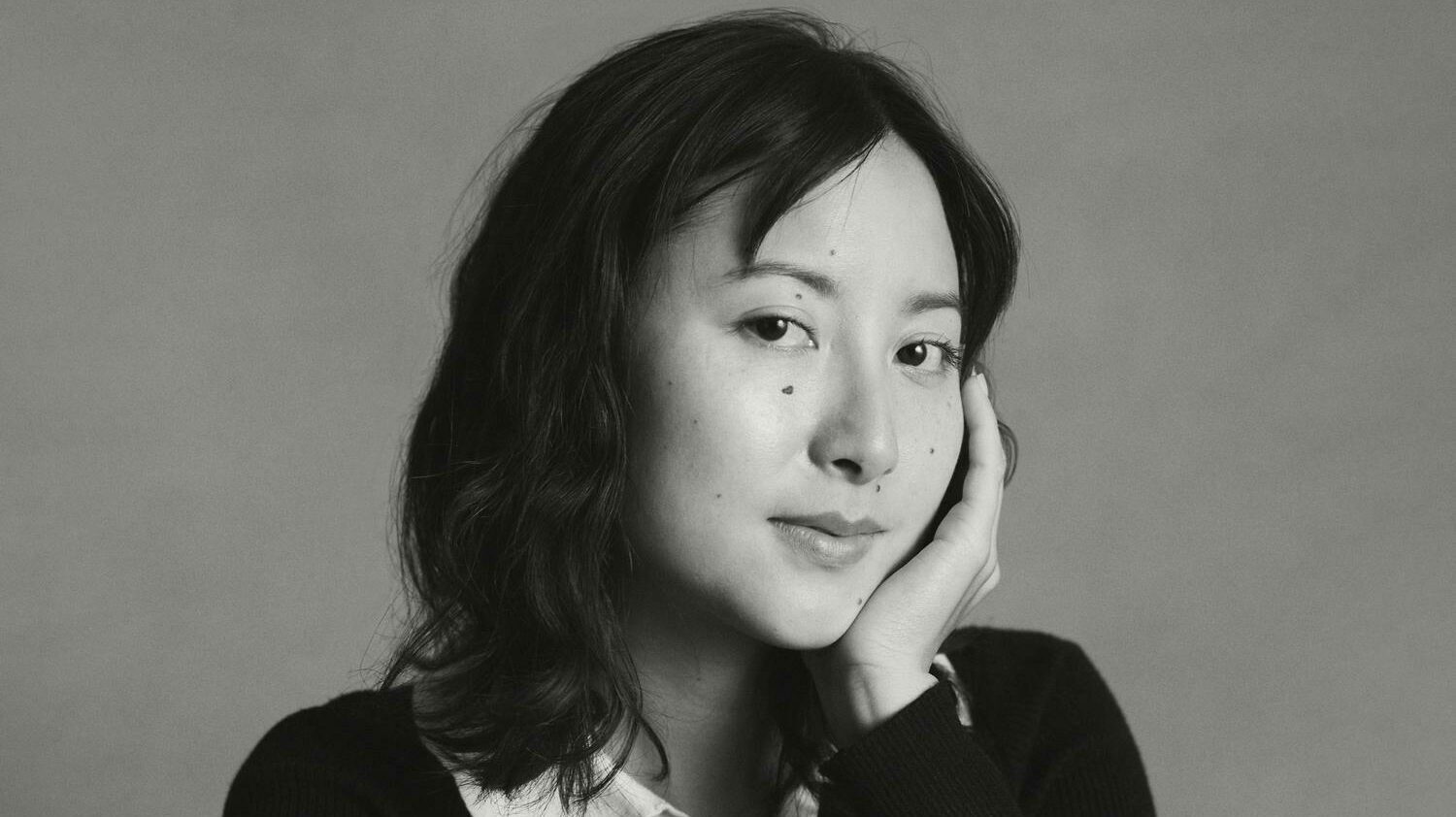Q&A: Gina Basso Speaks With Director, Producer Paula Eiselt About Her Film 'Under G-d'
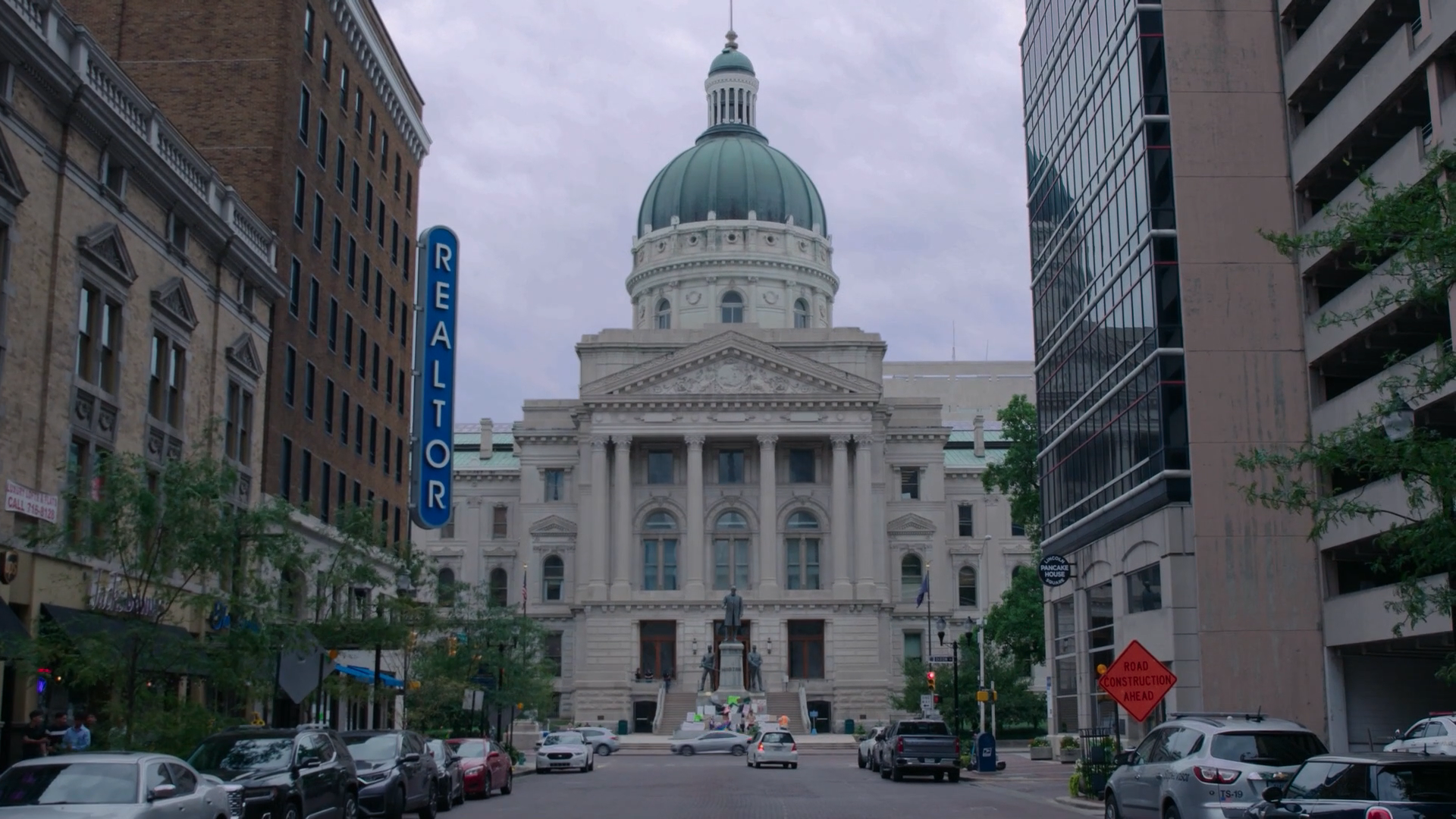
Following the U.S. Supreme Court decision Dobbs v. Jackson Women's Health Organization in June 2022, people across the country were collectively outspoken and rallied against the decision. Within this national outrage, interfaith leaders came together to challenge the overturning of Roe v. Wade - on the grounds of religious freedom. Award-winning independent Filmmaker and Producer, Paula Eiselt found inspiration in the lived experiences of Jewish women, rabbis, Jewish organizations and their allies who came together in protest and in solidarity; and with her short film “Under G-d”, captured a movement coalescing in real time. Known for her journalistic rigor and timely stories, Eiselt’s films challenge assumptions and introduce us to unforgettable people.
POV Shorts Season 6 opener “Under G-d” premieres July 25.
Gina Basso: Can you tell us what inspired you to make “Under G-d”?
Paula Eiselt: On June 24, 2022, the U.S. Supreme Court, with a new Christian conservative majority, issued its ruling in Dobbs v. Jackson Women's Health Organization resulting in the overturning of the landmark Roe v. Wade and removing a fundamental constitutional right to abortion. When this decision came down, I, like the majority of Americans, was stunned, paralyzed and overwhelmed with hopelessness. I also immediately knew just how dire this ruling is for people who are already fighting for lives in our maternal health system. Much of my filmmaking has previously centered around women’s equality, social injustice, and, most recently and very specifically, the U.S. maternal mortality crisis. Through my work with systematically marginalized women, men and activist families who have been deeply impacted and harmed by this country’s uniquely flawed maternal health system, as well as trailblazing community and institutional leaders fighting for our human rights, I have witnessed the horrific toll and stakes of the U.S. maternal healthcare crisis… and that was before the Dobbs decision.
As a Jewish mother of four, protecting abortion rights and religious freedom is also deeply personal and urgent for me, especially during this time of assault on reproductive rights and the horrific rise of American antisemitism. My own adverse pregnancy experiences have shown me the gravity and potential risks, both physically and psychologically, of deciding to carry a pregnancy to term. I know the beauty and profound fulfillment that comes with motherhood – it’s the most important and joyful role of my lifetime – but with that comes the profound understanding of the inherent stakes of pregnancy and the magnitude of raising a child, whether it’s someone’s first or fifth.
It was a privilege and reprieve to channel my rage and despair to make “Under G-d” with an incredible group of smart, passionate, and talented women and people to take back our rights.
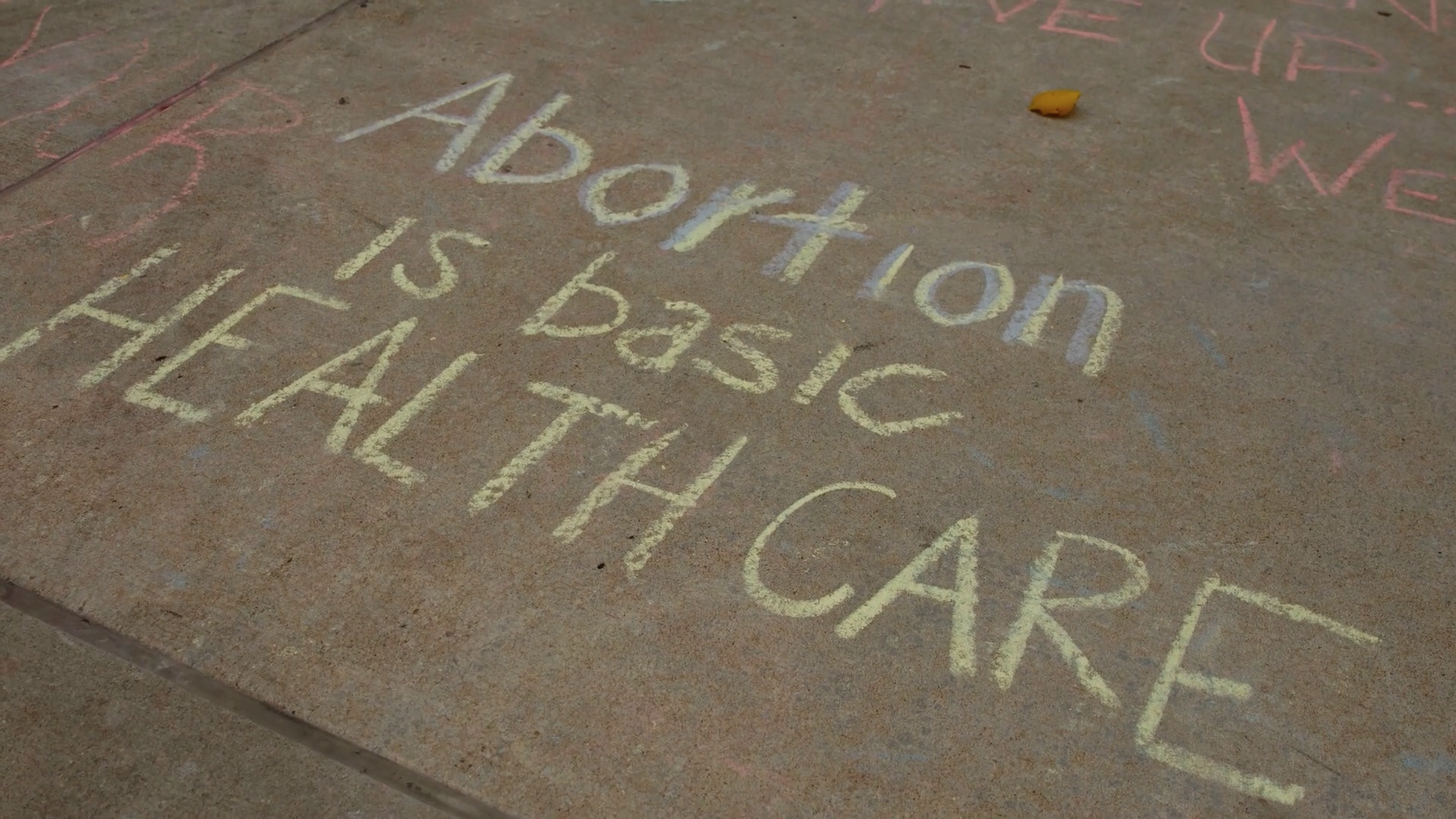
Gina: “Under G-d” is only 24 minutes long but so much happens over the course of the film! You really capture a movement coalescing in real time. Can you talk about how you connected with the individuals at the heart of this film?
Paula: I met the Indiana Resident, who I will refer to as “IR,” through Michal Raucher, the Jewish studies professor and reproductive justice activist who provides historical context in “Under G-d.” Michal’s research centers on religious and cultural viewpoints on abortion, especially within the Jewish community, and many women have shared their abortion stories with her, including IR. When I initially reached out to IR, I imagined she would provide a much needed testimony from an impacted person. However, soon after we connected IR decided to take an active role in the Indiana reproductive justice movement. Following the overturning of Roe, Indiana immediately sought to pass a total abortion ban, spurring her IR into desperate action. We made the production decision to continue to follow her activism as it intersected with the Indiana abortion legislation, resulting in the formation of Hoosier Jews for Choice.
I was introduced to Rabbi Barry Silver’s story and his pioneering lawsuit against the State of Florida through our wonderful EP Rahdi Taylor. Rahdi came across a NYT article about Rabbi Silver’s lawsuit and immediately sent it to me. Rahdi then connected me with Darcy McKinnon, who became my producing partner on the film. Our project was born out of that article. We then tracked down Rabbi Silver and I felt an immediate connection to him and his long-history of reproductive justice activism. From there, we became aware of another Florida lawsuit challenging the state’s ban based on religious freedom led by Danielle Moriber and Prof. Marci Hamilton, who is featured in the film.

Gina: Sharing the story of the Jewish mother and activist from Indiana demonstrates that there are various reasons why people choose to make the difficult decision to end a pregnancy and underscores the need for access to safe and legal abortion. We also see how her experience is transformative and inspires her to channel her anger, her rage, and despair into activism. Can you talk about how you created a safe space for her so she could be vulnerable and honest in front of the camera?
Paula: When IR and I first connected it was just a few months since she elected to terminate her pregnancy due to fetal abnormalities. Procuring quality maternal healthcare, including her abortion, was already not easy in Indiana and the experience was raw. The overturning of Roe v. Wade was especially devastating to her as she knew things would continue to get worse and impact her desire to have more children. I was able to relate to her as Jewish woman with my own reproductive journey and a shared passion for social justice and impact-driven storytelling. That familiarity and our aligned missions – including the whole “Under G-d” team and crew, provided the foundation to create a safe space for her to tell her story. We communicated regularly as she became more active and our production was always on her terms. IR did not want to disclose her real name for this project and we all respected and upheld her decision.
It’s important to emphasize that IR’s participation in the film is part of a collaboration with a shared goal: IR is working to protect abortion access in Indiana through public organizing and, as a filmmaker, I am using my skill set to uplift and amplify her work. When there is a shared goal – both personally and professionally – building trust becomes an organic process.
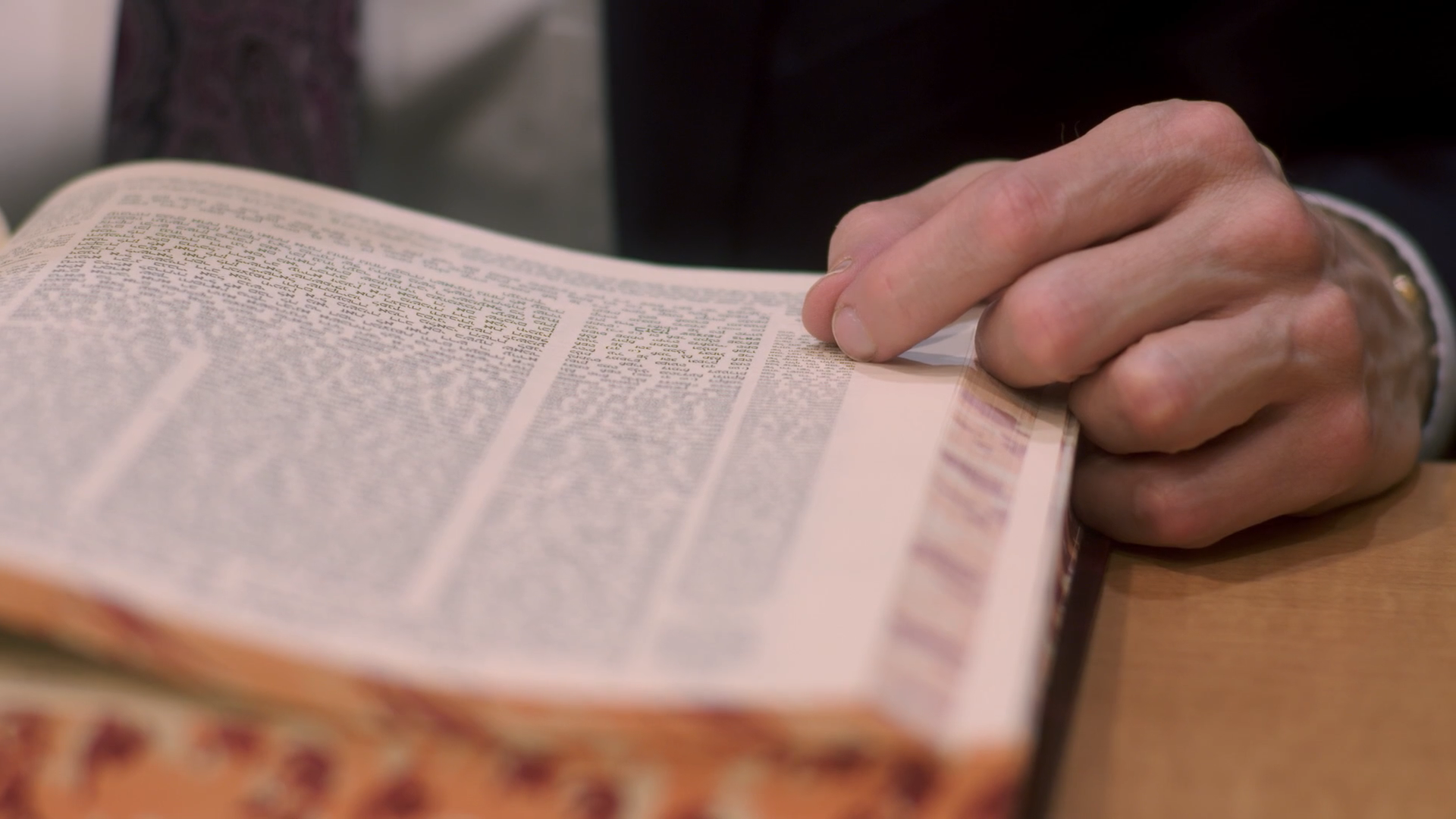
Gina: Your film examines the power of solidarity that’s always been at the core of any movement against unjust or oppressive laws while celebrating diversity in this country. In this context can you talk about the importance of interfaith alliances for this movement?
Paula: Yes! The interfaith alliance is key to the power of the lawsuits highlighted in the film and our impact campaign. One of the greatest and most successful marketing myths created by the anti-choice movement is the false binary that people of faith are anti-choice and “secular” people are “pro-abortion.” This is simply false. The majority of Americans consider themselves people of faith in some capacity and, likewise, the majority of Americans support legal access to abortion. The Supreme Court decision to overturn Roe v. Wade is actually rooted in a minority religious viewpoint, even among Christians, as demonstrated in “Under G-d.”
The interfaith efforts in our film both set the record straight on religious viewpoints on abortion – they are nuanced, vast and, in most cases, far more protective of the pregnant person’s health and agency than the anti-choice movement would care to admit – and reveal an inspiring united front of diverse communities who are working together to ensure abortion access, and ultimately the bedrock of our democracy: the separation of church and state. Our interfaith communities know that in order for us to be free to practice our unique beliefs and traditions, we cannot allow one narrow religious viewpoint to dictate laws of the land and more specifically, bodily autonomy.
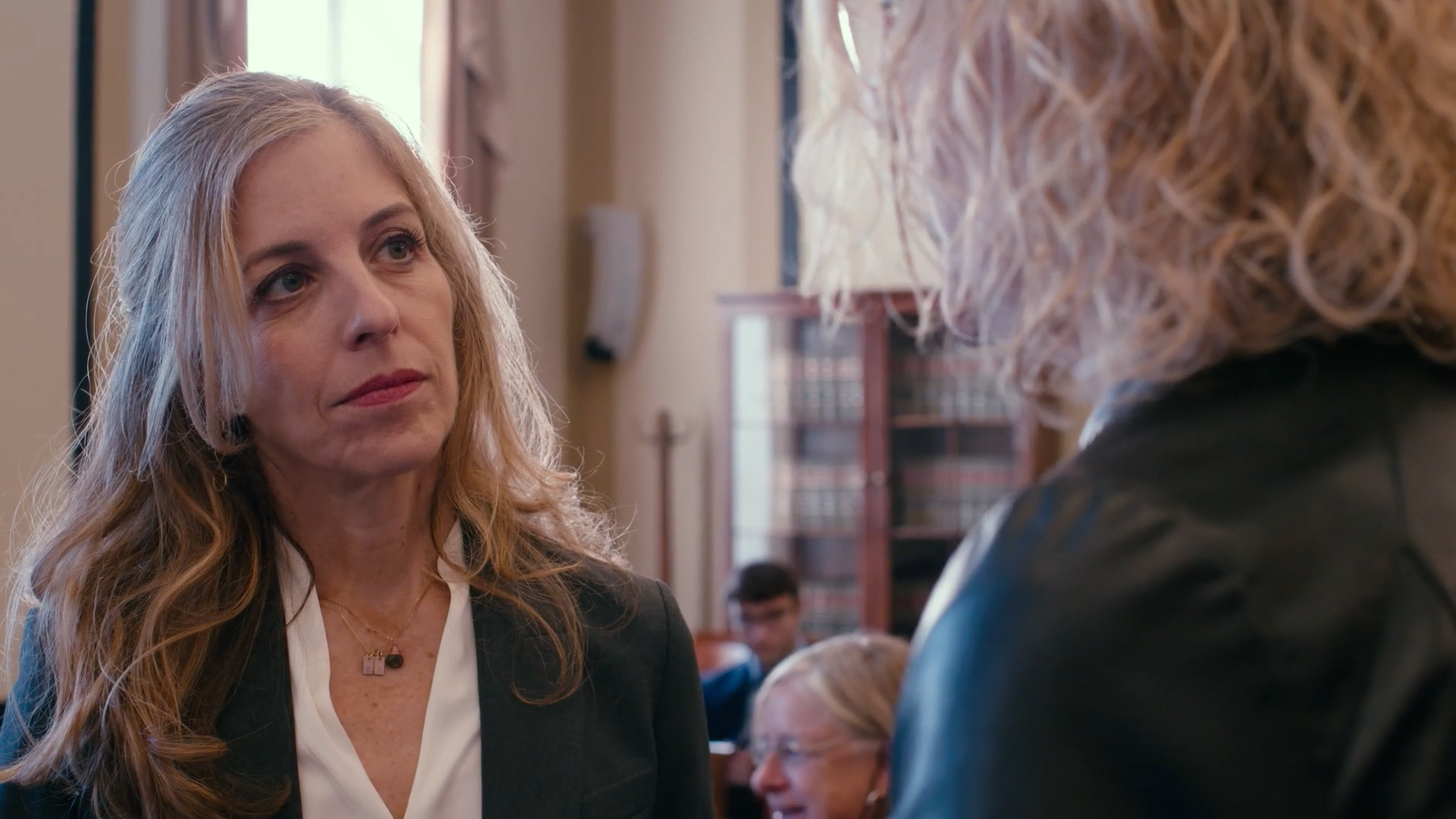
Gina: There is a “living history” quality to your film. The participants featured in “Under G-d” are part of a long chain of people fighting for reproductive choice, specifically Jewish women. Can you speak about the role of Jewish women activists and also, what do you think is different about this moment?
Paula: “Jews have never hesitated to stand on the fringe of society or do what’s necessary to fight against oppression.” Rabbi Barry Silver’s first lines in the film describe the ancient Jewish value of social justice, which is rooted in our cultural traditions as well as our people’s collective history of persecution, and contextualizes the contributions Jews have made to justice movements, especially in the U.S.
Historically, Jewish women in particular have been very active in diasporic Jewish communal life and they brought those activist values with them to the United States during the first wave of Jewish immigration in the early 20th century. Jewish women like Emma Goldman and Fania Mindel, were at the forefront of the early reproductive justice movement to legalize birth control and demand equal rights for all women. Jewish women also pioneered the Labor Movement to create a unionized workforce as a result of the infamous Triangle Shirtwaist Factory fire, which killed many immigrant Jewish women.
Jewish social activism in America continued throughout the 20th century most prominently around the Civil Rights and Reproductive Justice Movements, and remains a steadfast Jewish value.
IR’s trailblazing activism in Indiana through Hoosiers Jews for Choice and Rabbi Silver’s landmark lawsuit challenging Florida’s abortion restrictions, as well as similar lawsuits now popping up around the country almost exclusively initiated by Jews, feels like an organic continuum of the Jewish American activism that I am proud to uplift.
There is so much to say about our current political ecosystem and why this moment in time and current fight for reproductive justice is so uniquely fraught. But, to me, the most terrifying element is the erosion of once fortified rights. In the past, activists have generally fought for progress, to move forward. However, we are now fighting against a growing Christian Nationalist movement to restore reproductive rights that were granted half a century ago.
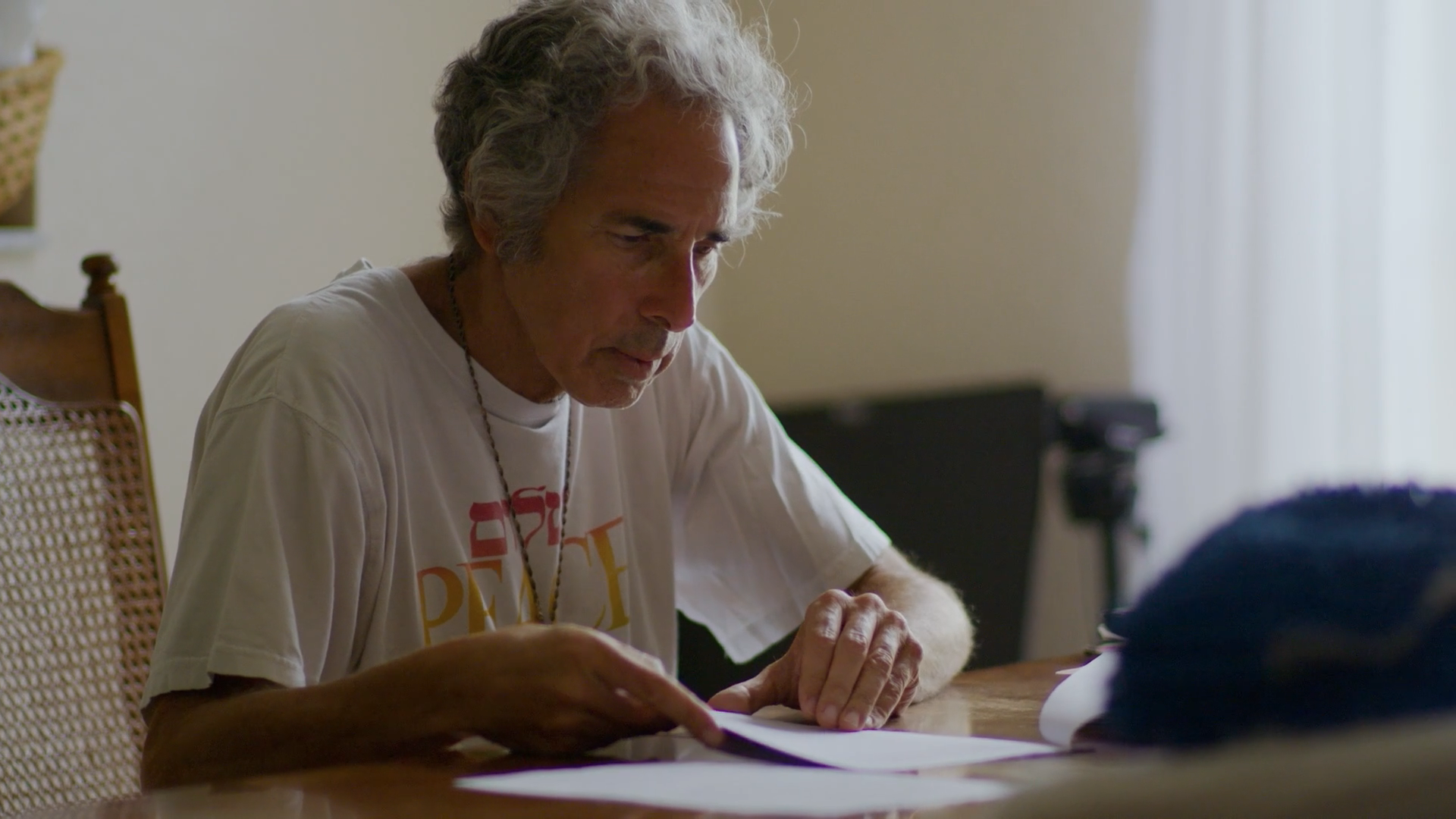
Gina: You take viewers into a variety of spaces both public and private. Do you have any favorite behind-the-scenes moments?
Paula: My favorite BTS moments were at Rabbi Barry Silver’s home watching him interact with his amazing family while discussing Cosmic Judaism, which is a philosophy he founded. Witnessing him read from his own personal Torah scroll was also special and unexpected. I bet Darcy McKinnon feels the same way!
Gina: Can you share with us what’s transpired in states like Florida and Indiana (or others) since completing this film and maybe give us “where are they now” updates on the key participants?
Paula: The lawsuits in Florida and Indiana (Hoosier Jews for Choice) featured in the film, as well as the Americans United for Separation of Church and State’s lawsuit in Missouri, are all still pending hearing dates.
Unfortunately, at the time of this airing, Indiana’s supreme court has enacted a new total ban on abortion. Per the above, the lawsuit brought by Hoosiers Jews for Choice and the subsequent injunction is still in play for those named in the lawsuit but no further decision has been made by the Indiana courts in terms of timing and the protective scope of the lawsuit.
IR, Rabbi Silver, Marci Hamilton and Rachel Laser continue to work through the legal system and inspire similar lawsuits like the religious freedom challenge to Kentucky’s abortion ban brought forth by three Jewish women which recently made national headlines.
Nationally, at the time of this airing, 14 states have enacted total abortion bans with 10 other states actively working to pass total bans.
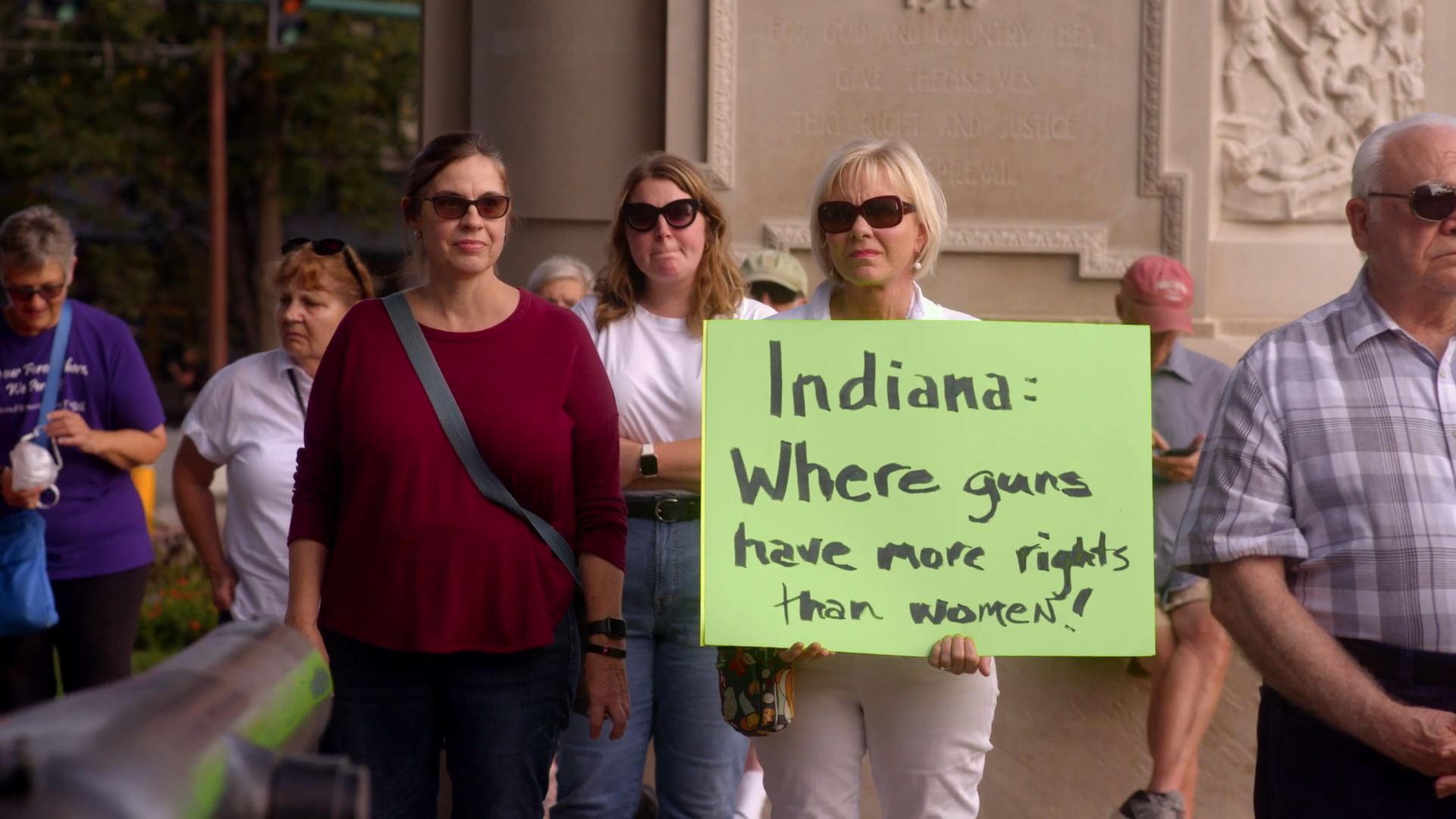
Gina: What do you want audiences to take away from “Under G-d”? In other words, what message do you hope is given to viewers after they watch the film?
Paula: I want viewers to feel inspired by the film’s protagonists to take action by voting and/or using whatever skillset they have to contribute to this national fight for reproductive autonomy. Legal and safe abortion access is now a state issue which means local politics are more important than ever. Religious freedom challenges can come from many different groups and expand to include challenges rooted in other bedrock doctrines like free speech and right to privacy – there are various legal challenges that citizens can bring forth. I hope the film will raise awareness for these types of legal challenges and inspire collaborations within and between diverse communities to take action.
I also hope our film gives viewers insight into the Jewish and other religious approaches to abortion that can allow for more open conversations around abortion, particularly in religious communities.
Most importantly, I want our film to inspire people to talk about abortion in general and share their stories. One in four women receive abortion care – every family is connected to this issue– we need to come together to demand our rights. We need to make noise. Public discourse leads to action. Abortion care is healthcare.
Gina: Now for some self-promotion: Can you share what is next for this film or what you’re working on now?
Paula: I can’t wait for the [premiere] on July 25th! Following our POV Shorts [premiere], we will be working with the POV impact team as well as Picture Motion to launch a national impact campaign beginning in September.
I am currently working on a feature length documentary about the famed Catskill hotel Grossingers’, which inspired the movie “Dirty Dancing.” The Untitled Grossinger’s Documentary is an immersive and nostalgic exploration of the Jewish Catskills – known as the Borscht Belt -- told through the story of the triumphant rise and eventual decline of the region's historic crown jewel, the Grossinger's Resort Hotel. The film is being produced by Bungalow Entertainment.
Gina: How can audiences stay connected to you and hear about what you’re up to?
Paula: You can follow me on Instagram and check my website for updates.
Under G-D
About the Author
More like this
Visit the Behind The Lens Blog

